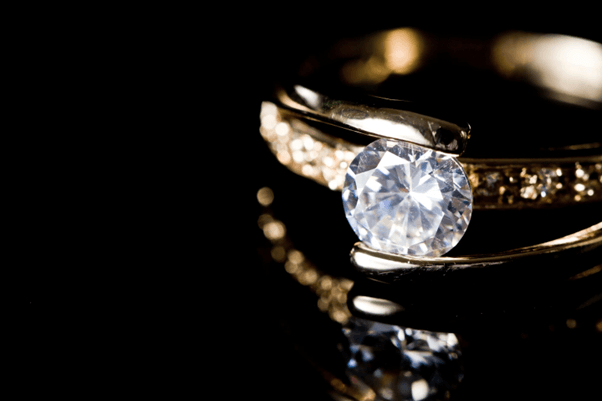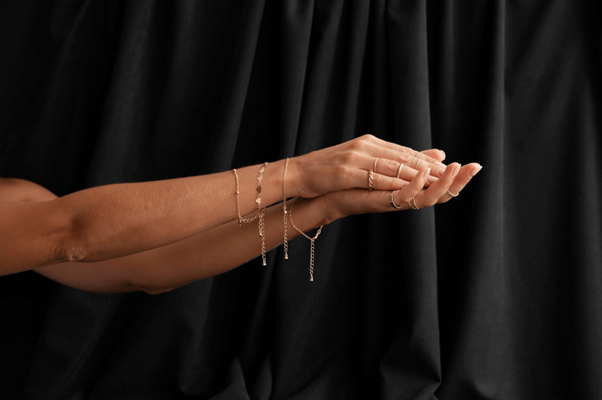Jewelry belongs to a special class of goods where attention to detail and perfect execution play an important role. High-quality photographs of these products are key to attracting customers’ attention and creating a unique brand image. Here, jewelry retouching provides invaluable help: this is the art of achieving the ideal appearance of images of jewelry.

Features of Editing
Jewelry retouching has its unique features and requires special skills and approaches:
- Selection and conversion of source RAW files.
- Elimination of product defects and noise. Jewelry is small in reality, while in practical applications photographs can be printed on very large formats, where even the slightest defects and technological features (scratches, dents, lack of paint, etc.) can look horrifying. Also, matrix noise is superimposed on the image, especially in the shadows.
- Editing defective reflexes and completing them if necessary. When shooting, it is not always possible to arrange the light so that the reflections on the product have an ideal shape. It is often easier to bring them to mind during processing than to waste shooting time. Often individual reflexes are drawn completely from scratch where they were not there at all when shooting.
- Improvement of the cut-off pattern. When processing, a special gloss is achieved by careful processing and improvement of light and shadow contrasts, adding light and dark spots.
- Processing of precious stones. As a rule, the customer has special requirements for the quality of the precious stones contained in the products. Even if the proper play of light is achieved during shooting, it cannot be done without processing: somewhere you need to increase sharpness, somewhere you need to raise the contrast, somewhere you need to add a color “spectrum”.
- Color correction. Typically, all frames require color correction, not only due to inaccuracies in the camera’s color rendering. But also because the metal of the product itself may have color irregularities or may not correspond to the customer’s ideal.
- Improved image sharpness and increased local contrast. The shooting technology involves the use of large aperture numbers, and in this case, even on cameras with a fairly large pixel, the actual aperture is already significantly higher than the limit at which diffraction does not impair sharpness. Typically, jewelry is photographed at apertures from 16 to 26 (for the 35 mm format), at these values the frame can lose up to half of its real resolution due to diffraction. Of course, this deficiency must be compensated somehow.
Most often, the main area of application of captured images is the Internet, and most often the customer asks to optimize the resulting frames for a specific web platform, taking into account its requirements (image size and graphic format).

Crafting exquisite jewelry imagery involves mastering a unique blend of artistry, meticulous attention, and an intimate grasp of jewelry intricacies. By adhering to expert retouching guidance and collaborating with seasoned professionals, jewelry labels and photographers can fashion captivating visuals that accentuate the allure and individuality of every piece. Superior jewelry retouching not only enhances product aesthetics but also serves as a catalyst for bolstering sales, fortifying brand identity, and engendering memorable encounters for prospective clientele.



